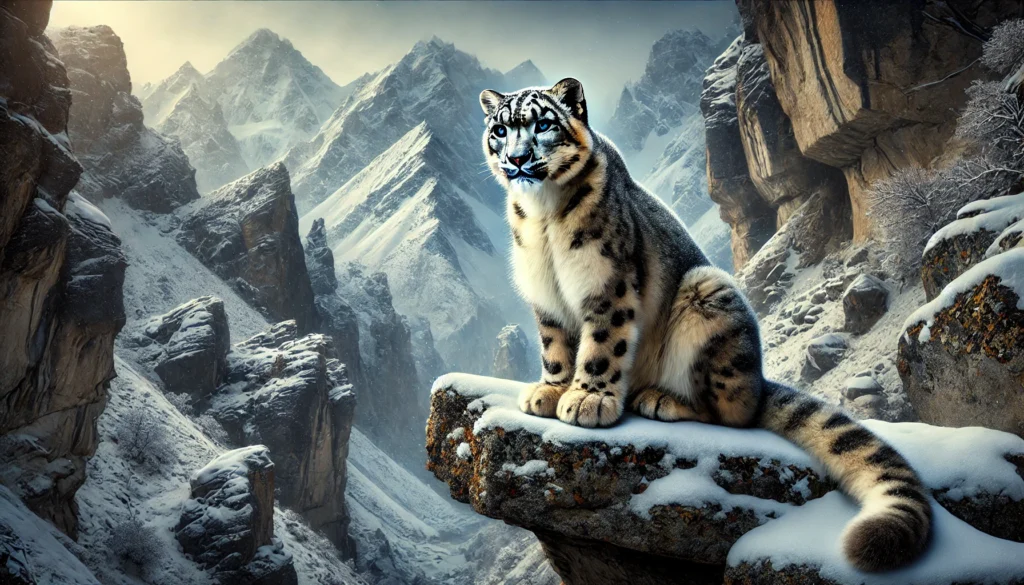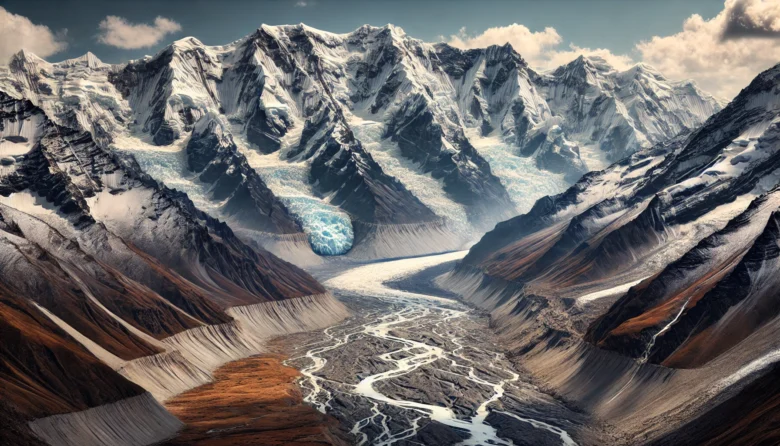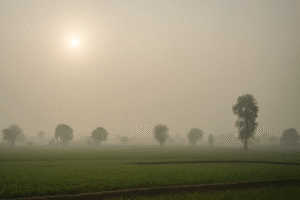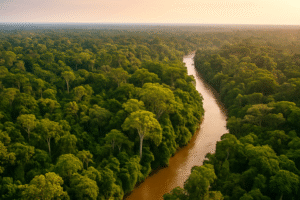Climate change affects everyone, but one of its most concerning impacts is on biodiversity. Biodiversity, encompassing the wide range of life forms on Earth, is crucial for maintaining healthy ecosystems. In India, with its rich variety of species and habitats, the impact of climate change on biodiversity is particularly significant.
Introduction: Understanding Biodiversity and Climate Change
The effects of climate change on biodiversity demand immediate attention. As global temperatures increase, the fragile equilibrium of our ecosystems is disturbed, endangering numerous species and the complex interconnections among them. In India, from the towering Himalayas to the lush Western Ghats and the vital Sundarbans, our diverse ecosystems are already experiencing the impacts of climate change.
The Interconnectedness of Climate and Biodiversity
Biodiversity and climate are deeply interconnected. Healthy ecosystems absorb carbon dioxide (CO2) and help regulate the climate. In turn, a stable climate allows these ecosystems to thrive. However, climate change disrupts this balance, leading to habitat loss, altered migration patterns, and increased vulnerability to invasive species and diseases.
For example, the coral reefs in the Indian Ocean, which are home to many marine species, are bleaching due to rising sea temperatures. This affects not only the marine life but also the fishing communities that depend on these reefs for their livelihoods.
The Indian Perspective: Specific Impacts on Local Biodiversity
India’s vast and varied landscapes mean climate change impacts are not uniform across the country. Let’s take a closer look at some of the key regions and how they are affected:
The Himalayas: The Himalayas are experiencing rapid glacial melt, which affects freshwater availability and increases the risk of landslides. Already vulnerable species like the snow leopard and red panda face additional threats as their habitats shrink and prey becomes scarce.

Western Ghats: This biodiversity hotspot is home to many endemic species. Rising temperatures and changing rainfall patterns threaten these unique habitats, putting species like the lion-tailed macaque and Nilgiri tahr at risk.
Sundarbans: The Sundarbans, recognized as a UNESCO World Heritage site, is among the largest mangrove forests globally. Rising sea levels and increased salinity threaten this fragile ecosystem, endangering species like the Bengal tiger and the estuarine crocodile.
Human Activities Exacerbating the Problem
While climate change is a global issue, local human activities often exacerbate its effects. Deforestation, urbanization, and pollution further stress our ecosystems, making it harder for species to adapt to changing conditions. In India, converting forests to agricultural land, infrastructure development, and illegal logging significantly contribute to habitat loss.
Conservation Efforts and Success Stories
Despite these challenges, many conservation efforts are underway in India to protect biodiversity. For instance:
Project Tiger: Launched in 1973, this initiative aims to protect tigers and their habitats. Thanks to these efforts, the tiger population in India has seen a significant increase in recent years.
Western Ghats Ecology Expert Panel (WGEEP): This panel has made several recommendations to conserve the unique biodiversity of the Western Ghats, including regulating development activities and promoting sustainable practices.
Community Conservation: Local communities play a crucial role in conservation. In the Northeast, the Apatani people practice sustainable agriculture and forest management, which helps preserve biodiversity.
What Can We Do?
Tackling the effects of climate change on biodiversity requires a concerted effort from everyone. Here are some ways we can contribute:
Support Conservation Efforts: Contributing to and volunteering with organizations that work towards conservation can make a significant difference.
Promote Sustainable Practices: Reducing our carbon footprint by using public transport, recycling, and supporting sustainable products helps mitigate climate change.
Educate and Advocate: Raising awareness about the importance of biodiversity and advocating for policies that protect the environment can drive change.
Conclusion: A Call to Action
The influence of climate change on biodiversity is an urgent concern that impacts each one of us. In India, with its rich natural heritage, the stakes are particularly high. By understanding the interconnectedness of climate and biodiversity, supporting conservation efforts, and adopting sustainable practices, we can help protect our planet’s incredible variety of life for future generations.
Author’s Note
Thank you for reading this blog on the impact of climate change on biodiversity. As someone passionate about environmental issues, I hope this piece has inspired you to take action in your own way. Together, we can make a difference.
G.C., Ecosociosphere contributor.





Comments
you are truly a just right webmaster The site loading speed is incredible It kind of feels that youre doing any distinctive trick In addition The contents are masterwork you have done a great activity in this matter